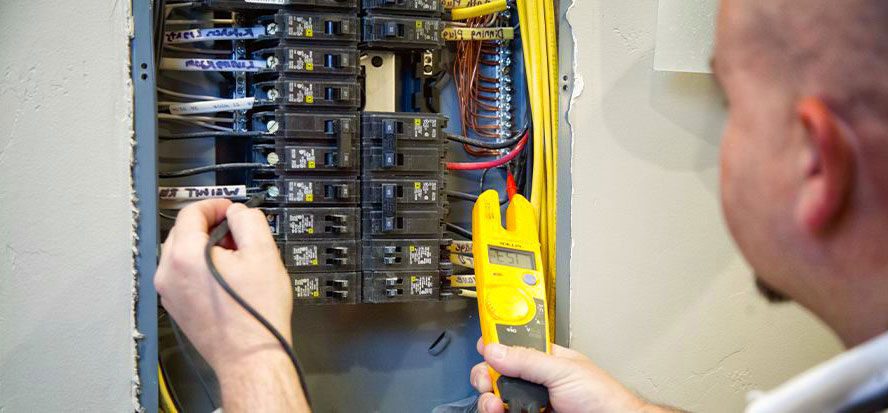In 2012, the U.S. Department of Energy implemented new lighting standards. They don’t ban any specific type of lightbulb, including incandescent bulbs. What these standards do require is that the bulbs use at least 25% less energy than incandescent lightbulbs. CFL, halogen incandescent, and LED lightbulbs are more cost-efficient, money-saving choices. And, if you’re looking for high-quality energy savers, make sure your bulbs come with the ENERGY STAR seal of approval.
UPGRADE MY LIGHTBULBS? WHAT DIFFERENCE DOES IT MAKE?
Disadvantages of traditional incandescent lightbulbs, which are no longer being manufactured, include:
- Use an unnecessarily high amount of energy for producing light
- 90% of the energy used by these bulbs comes off as heat
- This heat makes it that much harder to cool your home
All of this calculates to throwing away more money for a necessity… lighting your home. Energy-saving bulbs save you money. Plus, these days, they come with more choices in light levels and colors than ever.
WHAT ARE MY ENERGY-SAVING LIGHTBULB CHOICES?
You can find energy-efficient lighting choices at most home improvement and hardware stores. These are the three most common ENERGY STAR-qualified lightbulbs:
- 1. CFLs – Compact fluorescent lamps (CFLs) are those curly bulbs you’ve been seeing around for years. There are efficient replacements for fluorescent, long-tube bulbs. If it’s ENERGY STAR-qualified, it will last about 10X longer, and use around one-fourth the amount of energy than traditional incandescents. They use about one-third the amount of energy then halogen incandescents use.
- 2. Halogen Incandescents – There’s a capsule inside these bulbs which contains a filament surrounded by gas. This increases the efficiency of the bulbs, allowing them to meet the minimum standards put in place by the federal government.
- 3. LEDs – A Light-emitting diode (LED) bulb is a type of semiconductor. It takes electricity and converts it into the light. LEDs that are ENERGY STAR-qualified last about 25X longer and use just 20% to 25% of the electricity used by traditional incandescents. When compared to halogen incandescents, the last 8 to 25X longer, and use 25% to 30% less electricity.


